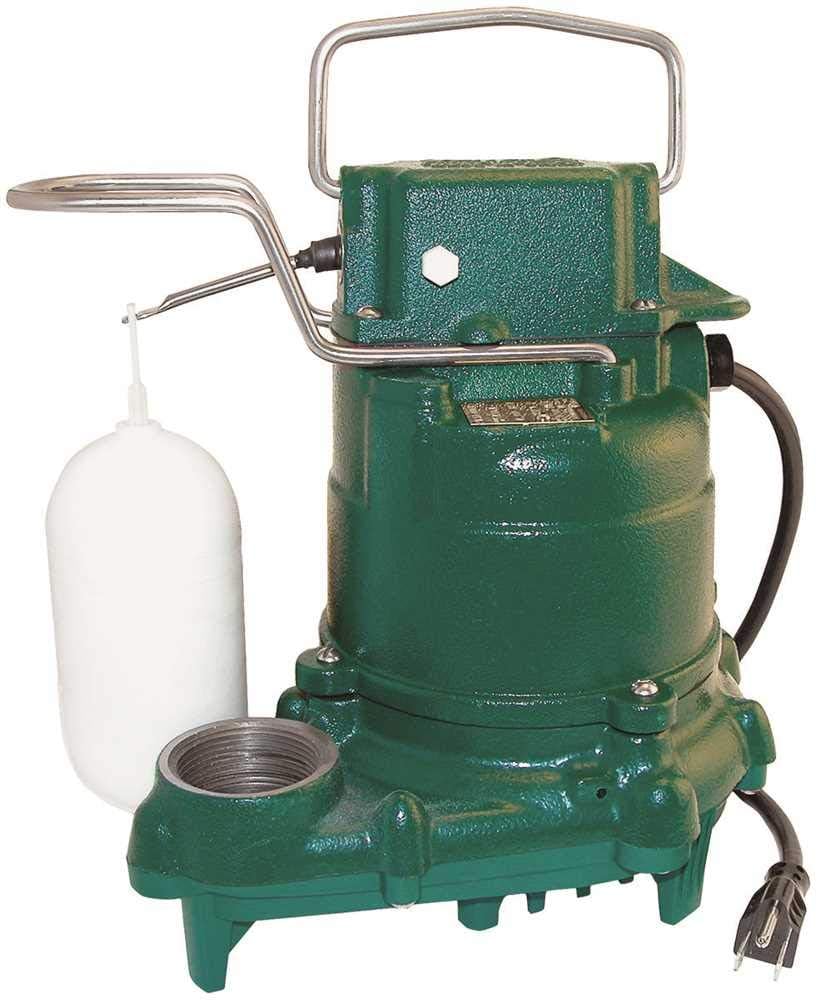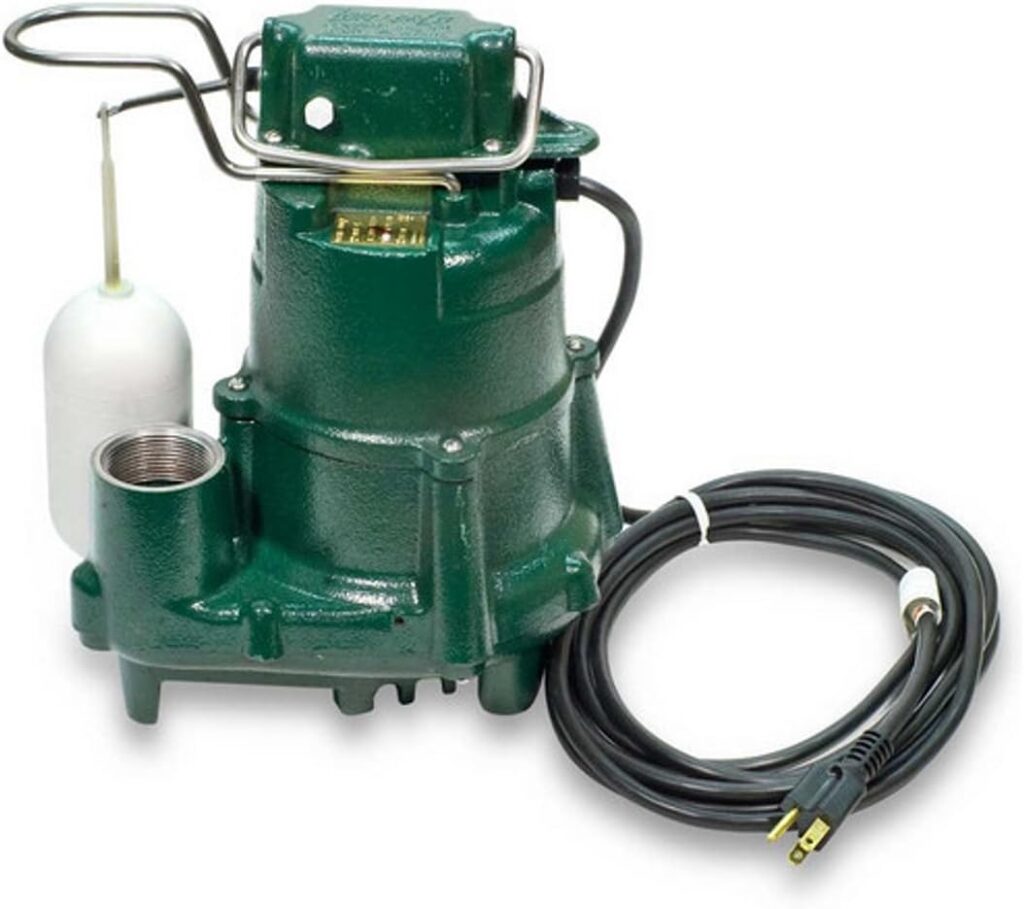Stainless steel appliances are popular in modern kitchens due to their sleek look and durability. However, they can be prone to streaks, fingerprints, and smudges, which can detract from their appearance. Here’s a guide to keeping your stainless steel appliances looking their best with proper cleaning and maintenance.
Step 1: Gather Your Supplies
Before you start cleaning your stainless steel appliances, you’ll need the following items:
- Warm water
- Mild dish soap
- White vinegar or a specialized stainless steel cleaner
- Microfiber cloths or soft cloths
- Olive oil or baby oil (optional for polishing)
Step 2: Wipe Down with Warm Water
For daily cleaning, sometimes all that’s needed is a quick wipe with warm water.
- Dampen a microfiber cloth with water.
- Wipe the surface, following the grain of the stainless steel. Stainless steel has a grain much like wood – you’ll see lines or streaks in the metal.
- Dry the appliance thoroughly with another clean microfiber cloth to prevent water spots.
Step 3: Use Mild Dish Soap for Tougher Grime
If your appliance has fingerprints or food spills:
- Add a few drops of mild dish soap to warm water.
- Dip your cloth into the soapy water and wring it out so that it’s not dripping.
- Wipe the appliance, again going with the grain.
- Rinse your cloth with clean water and wipe away any soap residue.
- Dry the appliance completely with a clean cloth.
Step 4: Tackle Stubborn Stains with Vinegar
White vinegar is excellent for cleaning and disinfecting stainless steel, and it helps with removing hard water stains.
- Spray white vinegar directly onto the appliance or apply it to a cloth.
- Wipe along the grain of the stainless steel.
- Rinse the area with water and dry it with a clean cloth.
Step 5: Shine with a Specialized Cleaner
For a more polished look, or if your appliance has stubborn smudges, you can use a specialized stainless steel cleaner.
- Follow the instructions on the cleaner, as some may require you to spray it on a cloth first, while others can be applied directly to the appliance.
- Apply the cleaner using light pressure, rubbing it along the grain.
- Buff the appliance with a clean cloth to shine.
Step 6: Polish (Optional)
For extra shine, you can use a tiny amount of olive oil or baby oil.
- Apply a small amount to a soft cloth.
- Gently rub the oil into the appliance, following the grain.
- Buff with a clean, dry cloth to remove any excess oil and create a gleaming finish.
Additional Cleaning Tips:
- Always clean with the grain of the stainless steel to avoid scratching or marring the finish.
- Avoid using steel wool, scrubbing brushes, or any abrasive cleaners, which can permanently damage the surface.
- Wipe up spills and splatters immediately to prevent them from setting in and causing discoloration or staining.
- For added protection, you can use a stainless steel polish or protectant to help fend off fingerprints and stains.
Regular Maintenance:
To maintain the new and fresh look of your stainless steel appliances:
- Clean them regularly, at least once a week, or as needed when spills occur.
- Always use soft cloths to prevent scratches.
- Remember to clean the handles and buttons, which are frequent touchpoints and can accumulate grime.
- If you live in an area with hard water, be mindful of water spots and clean them more frequently.
Keeping your stainless steel appliances clean and smudge-free is not only about maintaining the aesthetics of your kitchen but also about preserving the lifespan and functionality of your appliances. By following the steps above, you’ll ensure your stainless steel surfaces remain sleek and shiny for years to come.

